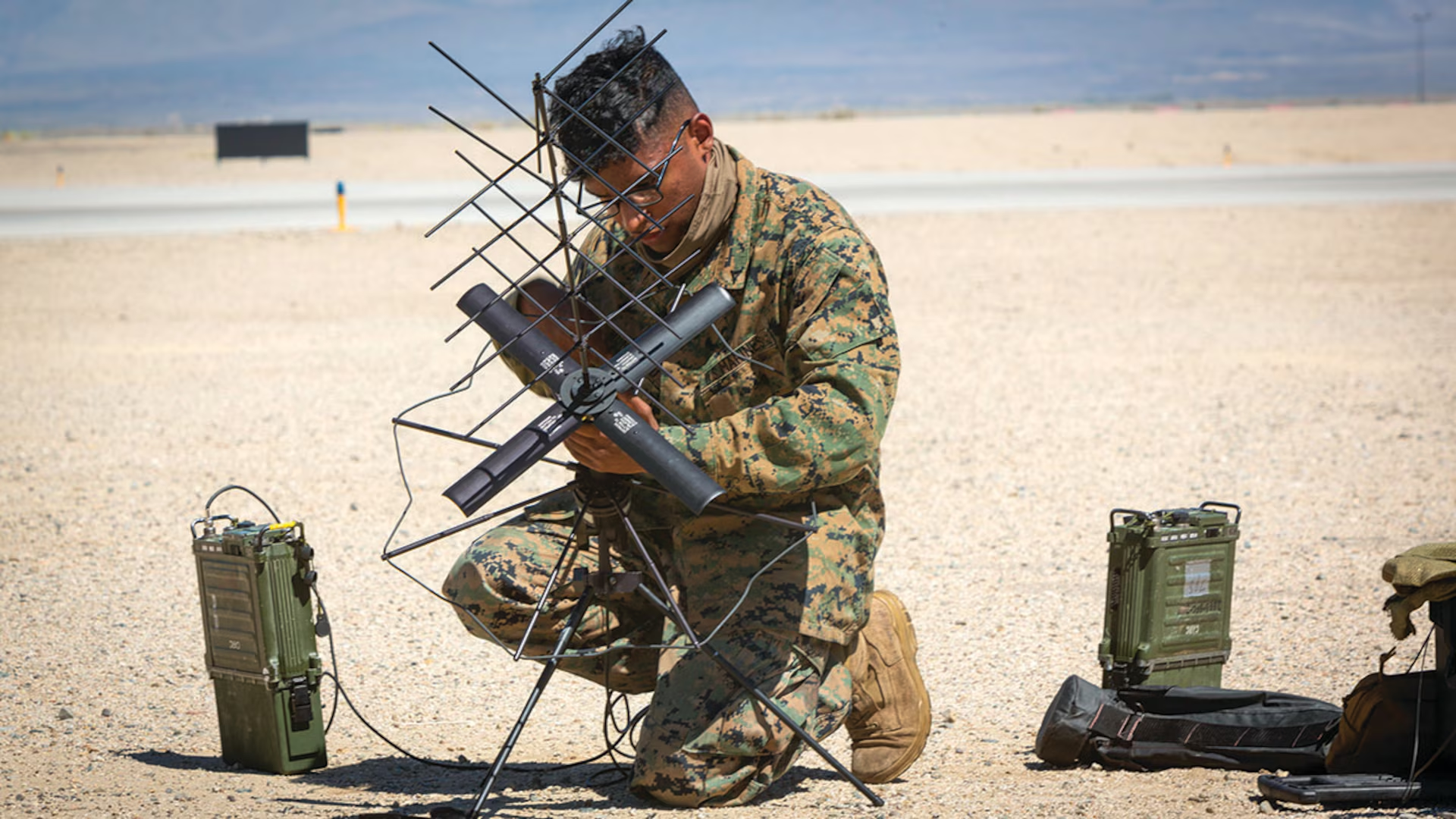Overview
The study “Analysis of Modern Condition of Military Radiocommunication System” examines the current state of military communication infrastructure used in conflict zones in Eastern Ukraine. It reviews several categories of communication systems, including high-frequency (HF) and ultra-high-frequency (UHF) radios, satellite communications, radio-relay systems, and tropospheric communication. The authors evaluate their technical features, strengths, and weaknesses, and propose directions for modernization.
Key Findings
-
Radio Communications (HF / UHF and Trunking Systems)
Many older analog radios remain in use, which are bulky, lack encryption, and are vulnerable to interception or interference.
Domestic UHF radios have been deployed in various power levels and ranges, sometimes supporting frequency hopping, though with limited hopping capacity and insufficient protection.
Trunked communication systems like Motorola’s Mototrbo are used to enable digital communication with encryption, offering greater security and flexibility. -
HF Communication
HF radios are valuable for long-distance links using ionospheric reflection, allowing beyond-line-of-sight communication without the need for relay stations.
However, performance is highly dependent on atmospheric conditions, time of day, and solar activity, while bandwidth is limited and requires careful frequency selection. -
Satellite Communications
Satellite links are used when terrestrial solutions are not possible. They provide coverage over remote or complex terrain.
Despite their advantages, satellite communications can be costly, introduce latency, and are affected by weather conditions. Equipment may also be bulky or power-intensive. -
Radio-Relay and Tropospheric Systems
Relay and tropospheric stations help extend network coverage and connect fixed command and control points.
Modern relay systems can provide high throughput, but many existing stations rely on outdated equipment with limited bandwidth and reliability.
Challenges and Technical Issues
-
Heavy reliance on analog equipment with little or no encryption leaves communications exposed to electronic warfare.
-
Limited frequency hopping reduces resistance to jamming.
-
Some systems are large and difficult to deploy or maintain in field conditions.
-
Dependence on external or commercial satellite systems introduces security and logistical risks.
Proposed Directions for Modernization
-
Development of a dedicated national military satellite system to reduce reliance on commercial providers.
-
Production of new military-grade radios, modern relay and tropospheric stations, and command-post vehicles.
-
Modernization of existing infrastructure, replacing outdated systems and improving encryption and anti-interference measures.
-
Integration of all communication equipment into a unified information space for the armed forces.
-
Partnerships with advanced manufacturers for technology transfer and local production.
Implications for Organizations Like Kytratech
The research highlights the urgent need for secure, reliable, and modern communication solutions. For companies such as Kytratech, this opens avenues to:
-
Design encrypted, rugged digital radios with advanced anti-jamming capabilities.
-
Develop compact relay and tropospheric systems for field operations.
-
Create or integrate portable satellite terminals for remote deployments.
-
Offer unified platforms supporting multiple modes (HF, UHF, relay, satellite) with seamless interoperability.
-
Advance encryption and signal-processing technologies to ensure resilience in electronic warfare environments.
Conclusion
The study provides a comprehensive review of military communication systems currently in use and identifies significant gaps in encryption, resilience, and scalability. While existing infrastructure supports basic operations, modernization is necessary to meet modern battlefield requirements. Future improvements will focus on flexibility, security, and technological independence.
Source
This article is based on: Romanenko, I. & Shyshatskyi, A. (2017). Analysis of Modern Condition of Military Radiocommunication System. Advanced Information Systems, 1(1), 28-33. DOI: 10.20998/2522-9052.2017.1.05




